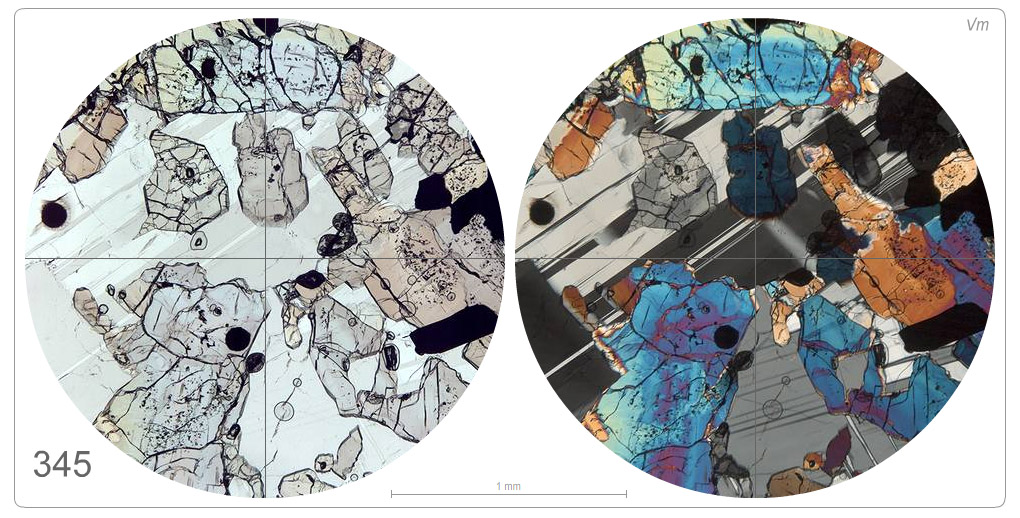Difference between revisions of "February 28, 2009"
| Line 1: | Line 1: | ||
__NOTOC__ | __NOTOC__ | ||
=Looking Inside Rocks= | =Looking Inside Rocks= | ||
| + | <!-- Start of content --> | ||
<!-- ws:start:WikiTextHeadingRule:2:<h1> --> | <!-- ws:start:WikiTextHeadingRule:2:<h1> --> | ||
<!-- ws:start:WikiTextLocalImageRule:8:<img src="/file/view/LPOD-Feb28-09.jpg/60075734/LPOD-Feb28-09.jpg" alt="" title="" style="width: 800px;" /> -->[[File:LPOD-Feb28-09.jpg|LPOD-Feb28-09.jpg]]<!-- ws:end:WikiTextLocalImageRule:8 --><br /> | <!-- ws:start:WikiTextLocalImageRule:8:<img src="/file/view/LPOD-Feb28-09.jpg/60075734/LPOD-Feb28-09.jpg" alt="" title="" style="width: 800px;" /> -->[[File:LPOD-Feb28-09.jpg|LPOD-Feb28-09.jpg]]<!-- ws:end:WikiTextLocalImageRule:8 --><br /> | ||
| Line 18: | Line 19: | ||
<p><b>Tomorrow's LPOD:</b> [[March 1, 2009|When Worlds Don't Collide]] </p> | <p><b>Tomorrow's LPOD:</b> [[March 1, 2009|When Worlds Don't Collide]] </p> | ||
<hr /> | <hr /> | ||
| + | {{wiki/ArticleFooter}} | ||
Latest revision as of 21:40, 7 February 2015
Looking Inside Rocks

Apollo 12 thin section image by Open University Virtual Microscope Project
Almost always, LPOD pictures the Moon as imaged by terrestrial telescopes or orbiting cameras. But images like that are studied by a minority of lunar scientists. Far more look through microscopes at ultra-thin slices of lunar rocks. Unlike the Moon itself, these rock slivers don't change the way they look during the month, but they do look different if they are sandwiched between two polarizing filters. That is because different minerals in the rocks are birefringent - as the polarized light passes through the birefringent sample the light wave splits into two components that are each polarized in mutually perpendicular planes. As the thin section of rock is rotated each mineral varies in brightness and color, and the angle at which this happens is different for different minerals. So lunar petrologists - scientists who study lunar rock samples - rotate the sample to identify the minerals that make up the rocks. Now Mahesh Anand and his colleagues at the Open University in England have created an online Extraterrestrial Virtual Microscope and if you go there you can rotate the sample to see minerals brighten and fade. Hopefully they will add more lunar and martian samples and provide a tutorial on mineral identification.
Chuck Wood
Technical Details
This example is Apollo 12 sample 12064, a 3.2 billion year old basalt collected from a small impact crater.
Related Links
Lunar sample 12064
Yesterday's LPOD: Not Officially Birt R
Tomorrow's LPOD: When Worlds Don't Collide
COMMENTS?
Register, Log in, and join in the comments.



